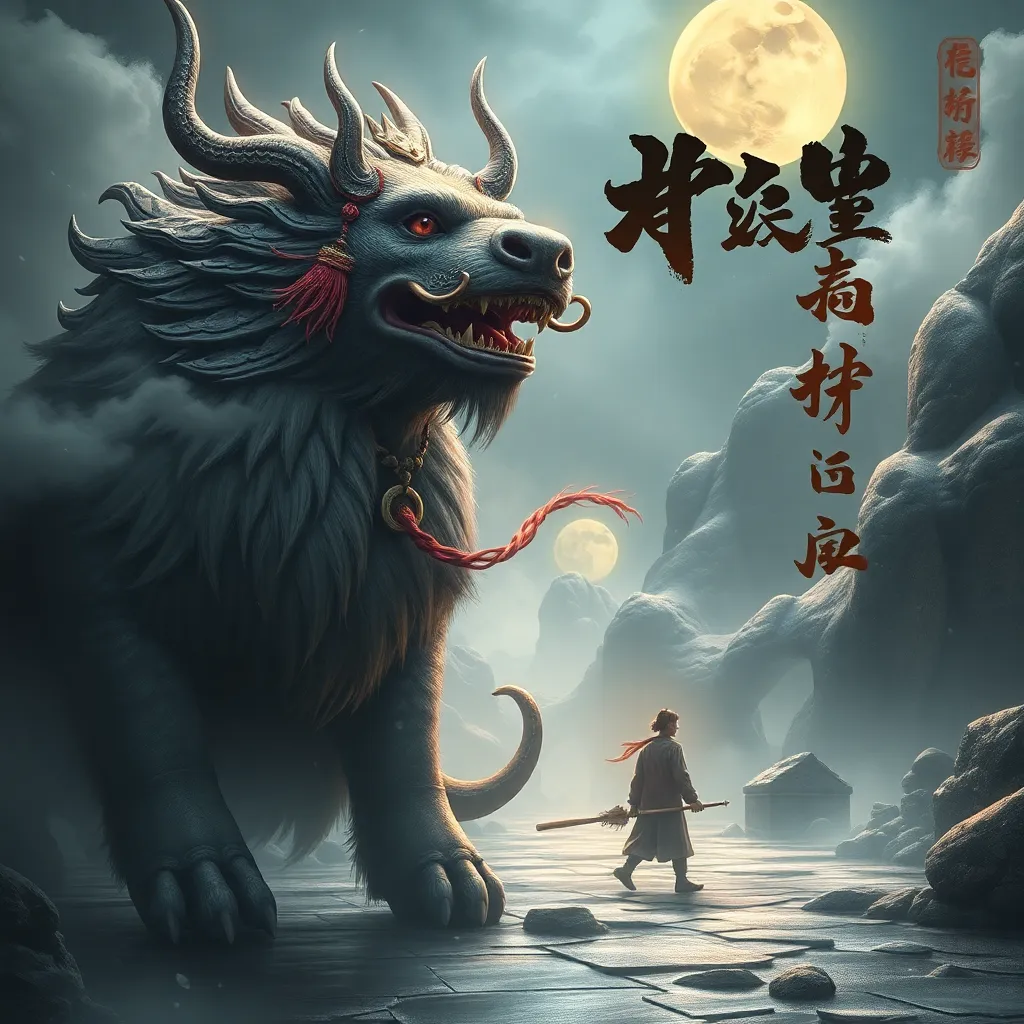Echidna in Art and Literature: Exploring the Serpent-Woman’s Depictions in Ancient Greek Culture
I. Introduction
Echidna, a formidable figure in Greek mythology, is often referred to as the “Mother of All Monsters.” She is the consort of Typhon, a monstrous giant who embodies chaos and destruction. Together, they are the progenitors of many of the most notorious creatures in Greek mythology, including Cerberus, the Hydra, and the Chimera. This article aims to explore the multifaceted representations of Echidna in ancient Greek art and literature, highlighting her significance as both a nurturing mother and a fearsome monster.
By examining Echidna’s mythological origins, artistic representations, and literary portrayals, we can gain insight into her dual nature as a symbol of motherhood and monstrosity. Furthermore, this exploration sheds light on the cultural implications of her character within the context of ancient Greek society.
II. The Mythological Origins of Echidna
Echidna is often depicted as half-woman and half-serpent, a creature born to the primordial deities, Gaia and Tartarus. Her lineage places her within the realm of ancient Greek chaos, representing both fertility and destruction. In various myths, she is described as living in a cave, where she nurtures her monstrous offspring while simultaneously posing a threat to heroes and mortals.
Key myths involving Echidna include her role in unleashing her children upon the world, often as a means of challenging and testing heroes. Notable among her offspring are:
- Cerberus – the three-headed dog guarding the Underworld
- The Hydra – a multi-headed serpent that grows two heads for each one that is cut off
- The Chimera – a fire-breathing creature with parts from various animals
Echidna’s character embodies duality. She is both a nurturing mother, fiercely protective of her young, and a terrifying monster, representing chaos in the natural order. This duality invites a deeper exploration of her symbolism in art and literature.
III. Artistic Representations of Echidna in Ancient Greek Art
Ancient Greek art provides a rich tapestry of depictions of Echidna, showcasing her complex nature. Vase paintings often illustrate her alongside her monstrous children, capturing the tension between motherhood and monstrosity.
In terms of sculpture, Echidna is sometimes depicted in reliefs with serpentine features that emphasize her hybrid nature. The artistic techniques used to convey her characteristics include:
- Use of color: Bright hues to signify her vitality and danger.
- Form and posture: Curved lines to mimic serpentine movement, indicating her duality.
- Facial expressions: Fierce or nurturing, depending on the context of the artwork.
These artistic choices reflect the contrasting perceptions of Echidna as both a feared adversary and a maternal figure, underscoring her complexity in Greek mythology.
IV. Echidna in Ancient Greek Literature
Echidna appears in several primary texts, most notably in the works of Hesiod and Apollodorus. Hesiod’s “Theogony” describes her as a monstrous figure who, along with Typhon, instigates chaos in the cosmos. In contrast, Apollodorus offers a more detailed account of her offspring and their encounters with heroes.
Thematic analysis of her portrayal reveals an evolution of character throughout different literary works. In epic poetry, Echidna is often depicted as a formidable adversary, while in later texts, her role as a mother becomes more pronounced. This shift reflects changing attitudes toward female figures in mythology, emphasizing both their nurturing and destructive capacities.
V. Symbolism and Themes Associated with Echidna
Echidna’s character serves as a powerful symbol of both motherhood and monstrosity. Her dual nature embodies the complexities of femininity in ancient Greek culture, where women were often seen as nurturing yet capable of great destruction. Themes associated with her character include:
- Motherhood: Echidna’s fierce protection of her children highlights maternal instincts.
- Chaos vs. Order: Her offspring often disrupt the natural order, symbolizing the chaos inherent in nature.
- Cultural implications: Echidna’s dual nature reflects societal views on women, combining reverence and fear.
These themes resonate through her mythos, contributing to a broader understanding of female figures in Greek mythology.
VI. Comparisons to Other Mythological Figures
Comparisons between Echidna and other serpent-women in mythology, such as Medusa and Lamia, reveal common traits and thematic elements. Like Echidna, these figures embody both attraction and repulsion, serving as cautionary tales about the dangers of female power.
The role of female monsters in ancient narratives often highlights the tension between societal expectations of femininity and the fear of female autonomy. Insights gained from this comparative analysis reveal how Echidna’s story reflects broader themes in mythology regarding gender and power dynamics.
VII. Modern Interpretations and Legacy
In contemporary art and literature, Echidna has been reinterpreted in various ways, often reimagined as a symbol of female empowerment rather than solely a monstrous figure. Modern storytellers draw from her rich mythological background to explore themes of duality and complexity in female characters.
The influence of ancient depictions on modern storytelling can be seen in various media, including literature, film, and visual arts. Echidna’s legacy continues to resonate, inviting discussions on gender, power, and mythology in today’s cultural landscape.
VIII. Conclusion
In summary, Echidna’s depictions in ancient Greek art and literature reveal a complex character that embodies themes of motherhood, chaos, and duality. Her enduring legacy is a testament to the rich tapestry of female figures in mythology, reflecting cultural attitudes toward femininity and power.
Future research could explore the intersections of mythology and gender further, examining how ancient figures like Echidna continue to influence contemporary narratives and discussions.




